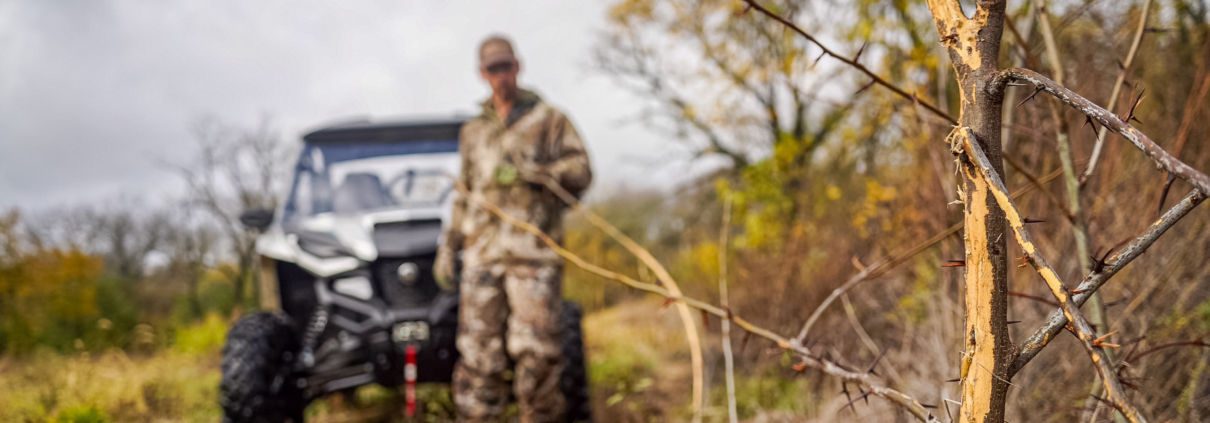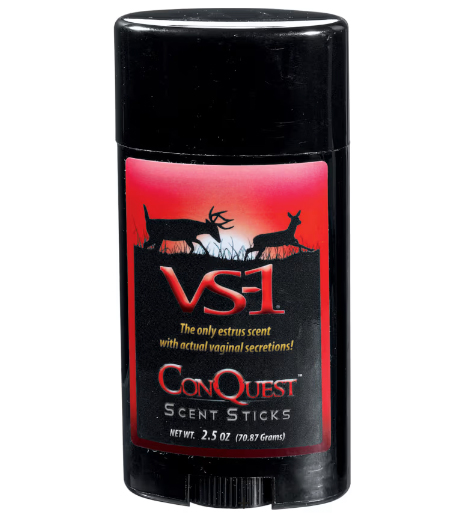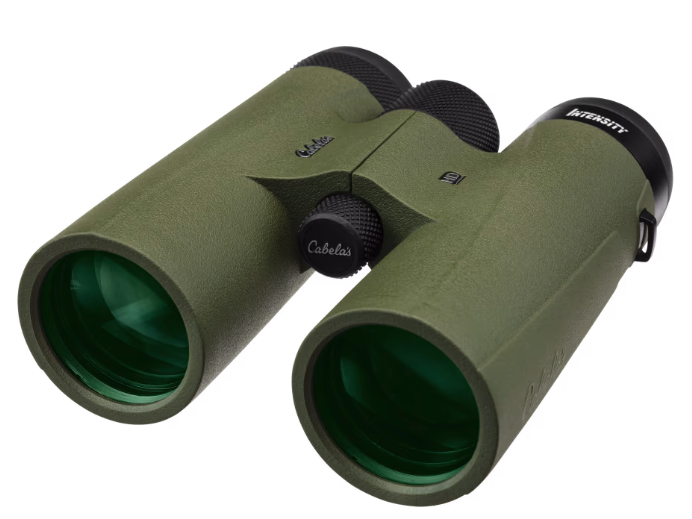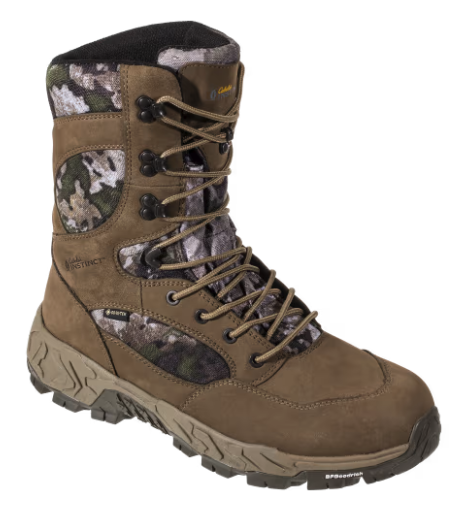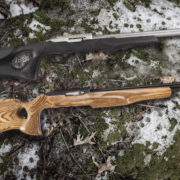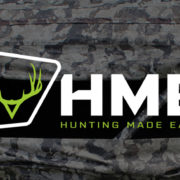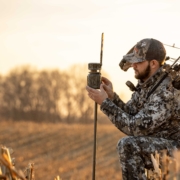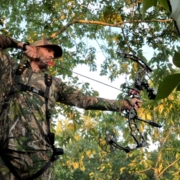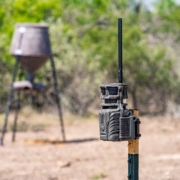Mastering the Art of Hunting Around Rub Lines
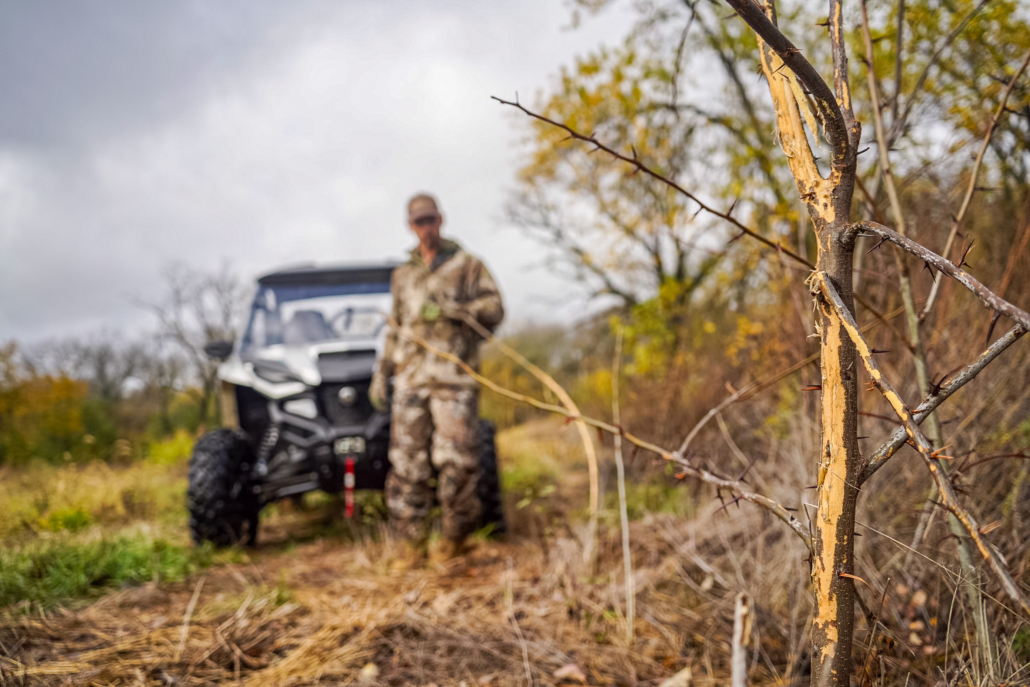
When it comes to hunting whitetail deer, success often hinges on understanding their behavior and the strategies that allow you to capitalize on it. One such strategy, which many seasoned hunters swear by, is hunting rub lines. In this guide, we will unveil the thoughts and even secrets behind this highly effective technique, ultimately helping you become a more skilled and successful hunter.
Understanding Rub Lines
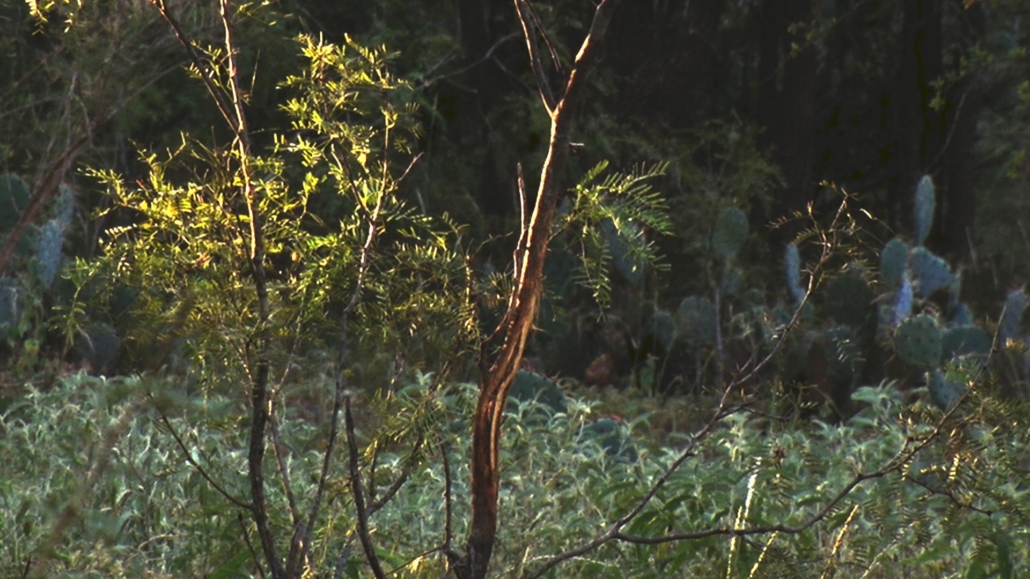
What Are Rub Lines?
Rub lines for the purpose of this article are essentially paths or trails in the woods where bucks leave their mark, both literally and figuratively. These paths are distinguished by the telltale signs of rubbed trees, scrapes, and occasionally, deer droppings. The rubs are the result of bucks marking their territory and asserting dominance, which plays a crucial role in the whitetail mating ritual. They often are not along a well-worn path and can occur almost anywhere that a buck feels the need to make a rub or a scrape, however there are often in corridors that numerous bucks use to travel to and from feeding areas, bedding areas, water or a combination of all of those.
The Science Behind Rub Lines
Whitetail bucks rub their antlers against trees to mark their scent using the glands on their forehead. This action serves to strengthen their neck muscles and can also be used as a show of dominance. This fascinating behavior provides invaluable insights into deer patterns and their territories, which can be exploited by hunters to increase their chances of a successful hunt.
Why Hunt Using Rub Lines?
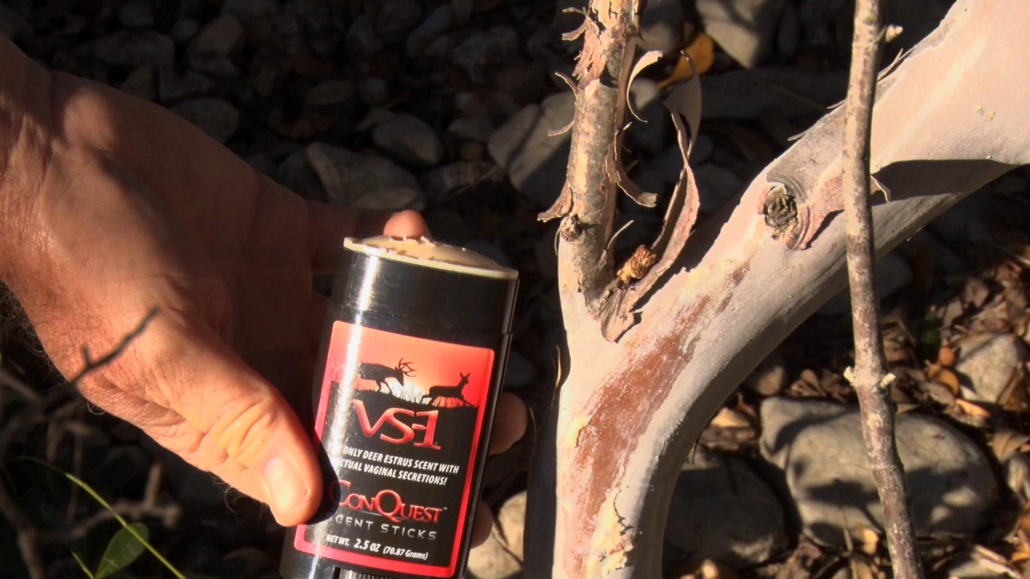
Predictable Patterns
One of the most compelling reasons to utilize rub lines in your hunting strategy is that deer often tend to follow consistent paths. These paths become well-established as the deer move between feeding, bedding, and breeding areas. By identifying and monitoring rub lines, you can anticipate the direction whitetail are likely to travel, often see more deer and place yourself into position for a successful shot.
Uncover Territory Boundaries
Rub lines are also often thought mark the boundaries of a buck’s territory. Bucks will actively mark their territory by leaving more rubs in their core areas, making rub lines a crucial indicator of where you might find your target buck or other bucks. By identifying and following rublines, you can narrow down your search and increase the likelihood of encountering your more bucks as it’s not uncommon for more than one buck to rub on the same tree.
Enhanced Scent Luring
Rub lines are often accompanied by scrapes, which are patches of ground where deer have pawed and left their scent. By setting up scent lures in these areas, you can also increase your chances of drawing a buck to your location. This strategic use of scents can be a game-changer in your whitetail hunting success which many do by making mock scrapes.
How to Hunt Whitetail Using Rublines
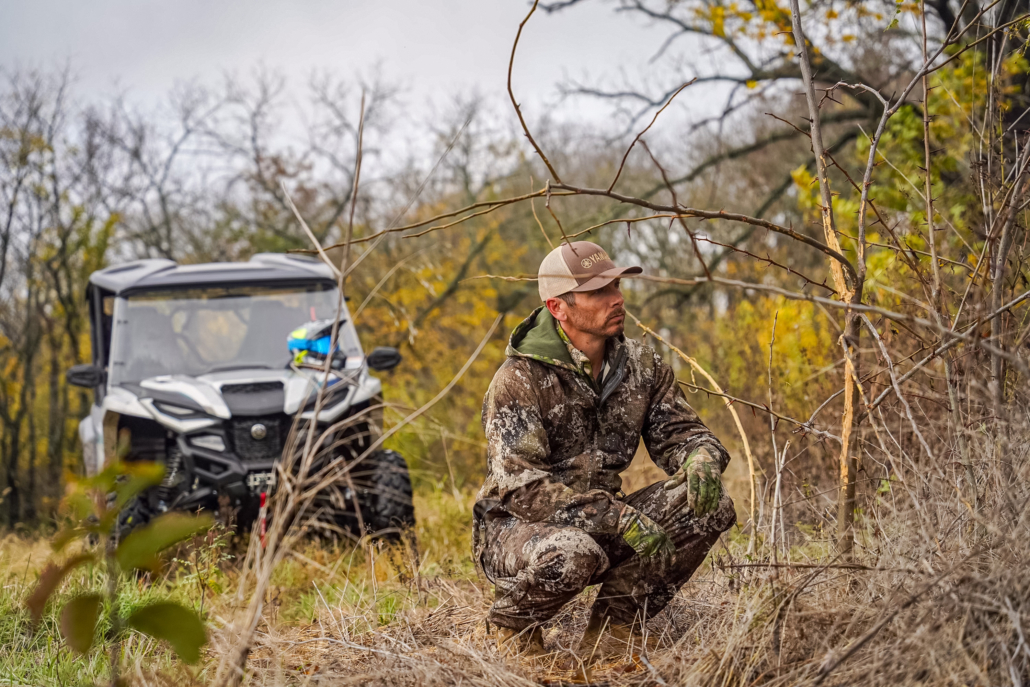
Scout and Identify Rub Lines
Before the hunting season begins, many seasoned hunters will scout a hunting area to identify old rub lines. Look for rubbed trees that have healed or even remnants of old scrapes and use them as indicators of deer activity. Consider using trail cameras to monitor these paths and collect valuable data on the movement of deer. When in the season itself look for fresh rubs on trees that have recently been made in an area and use those tell tale signs to help you make decisions on where to hunt.
Set Up Stand Locations
Once you’ve identified the rub lines and understood the patterns, it’s time to set up your stand locations strategically. Choose spots that offer a clear line of sight to the rub lines while keeping wind direction in mind to remain undetected. Pay attention to your scent control to prevent alerting the deer.
Timing Matters
Whitetail hunting is as much about timing as it is about location. Bucks tend to be most active during the rut at all times of the day. This can be a prime time to hunt along rublines. It’s when they are most likely to be moving, marking territory, and seeking out does and often not as wary.
Patience and Persistence
Hunting along rub lines requires patience and persistence just like any style of hunting. Deer movement can be unpredictable, and bucks might not always follow the exact path you’ve anticipated so be prepared to adjust…Stay committed, and don’t be discouraged by a few unsuccessful outings. It often takes time to master this hunting technique and the more experience you get the more successful you’ll be and the only way to get that experience is more time in the woods hunting and learning.
Time To Hit the Woods
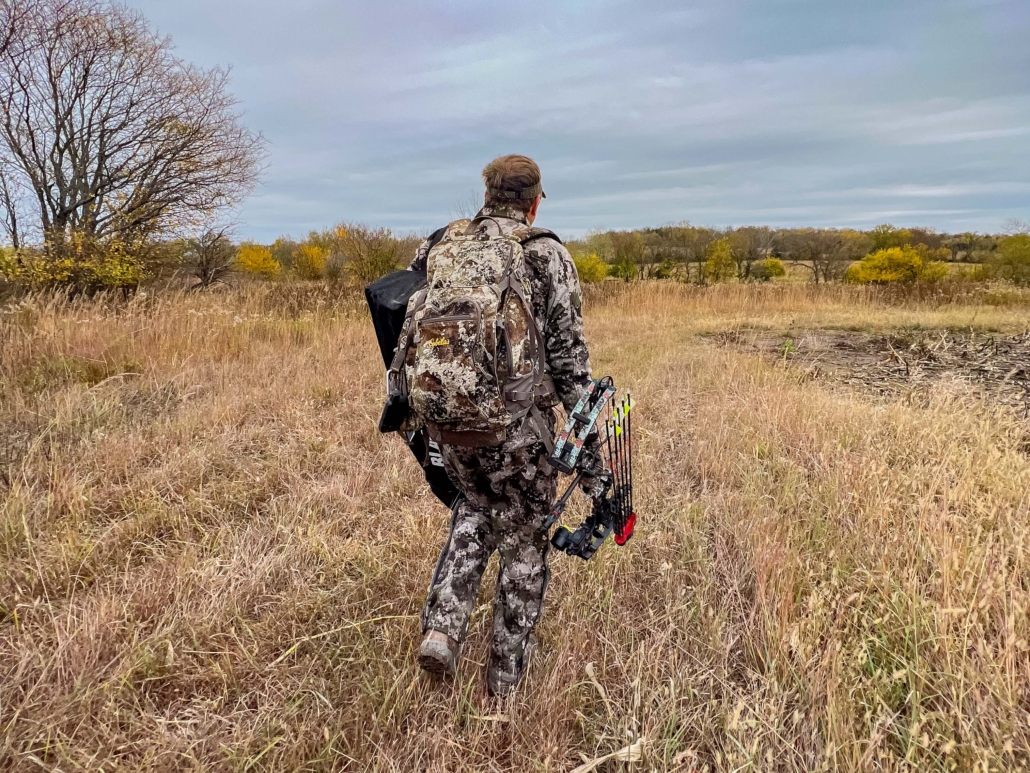
In the world of hunting whitetail, rublines have played a role in many successful hunts. Learning to read them and how to hunt them can significantly improve your chances of a successful hunt. Understanding the behavior and patterns of these magnificent animals is key to becoming a skilled hunter.
By scouting, setting up stand locations, timing your hunts correctly, and maintaining patience and persistence, you can add the art of hunting whitetail using rub lines to your skill set and enhance your overall hunting experience. So, gear up, hit the woods, and get ready to put your newfound knowledge to the test during your next whitetail hunting adventure. Happy hunting!

